Japan Day 7, Part 6: The Stone Lanterns of Kasuga Taisha Shrine
I had a pleasant, though hot, walk across the Eastern side of Nara park.
In the Southeastern part stood a Shinto shrine. The area around it is filled with stone or cement lanterns, covered in moss and surrounded by large trees.
The hall of Kasuga Taisha was founded in the 700s replaced every twenty years in accordance with Shinto traditions, though the current building is about 100 years old. As I had come to expect with a Shinto shrine, it is very orange.
It would be amazing to visit during one of the lantern festivals to see them all lit, but I enjoyed the lanterns even during the daylight.
A fountain paid tribute to the deer residents.
The bamboo base must be more modern than most of the lanterns, but I liked it nonetheless.
I then visited the Nara National Museum. My favorite part was the Buddha hall, filled with statues of Buddhas, Bodhisattvas, and guardian spirits carved from stone, wood, or clay.
I had a little time left before my bus to Osaka. I meant to spend my last 1370 Yen on a Japanese meal, but I ended up ordering ice cream with fruit instead. A cherry, orange slices, pineapple, and whipped cream sat above chocolate, vanilla, and berry ice cream (which I was pleasantly surprised to find to be actual ice cream instead of the soft serve that I'd come to expect in lactose intolerant East Asia), layered above peach, pineapple, mandarin orange slices mixed with cornflakes. I have no regrets.
I bumped into the poetry guy again in front of the pagoda on my way to the park. I was even less impressed this time as we went on about god and humility. Beyond the fact that he was obviously not humble himself, he had no response when I asked why being humble was at all valuable.
In the park, I sat and wrote in my journal, which is good because otherwise there's no way I'd remember half of these details three years later. The deer kept me company as I wrote.
I was early to the airport bus and the airport. I wrote a little before boarding the plane.
The airline was obviously operated by Koreans because the map of the route prominently labeled "Dokdo" island and "The East Sea". Japan would have labeled Dokdo their name for it since they (on flimsy pretext) claim the island themselves, and everyone in the world besides Korea calls the body of water separating the two countries "The Sea of Japan." The pilot spoke Korean, English, and Japanese with a distinct French accent. I returned for one final week in Korea before heading home.
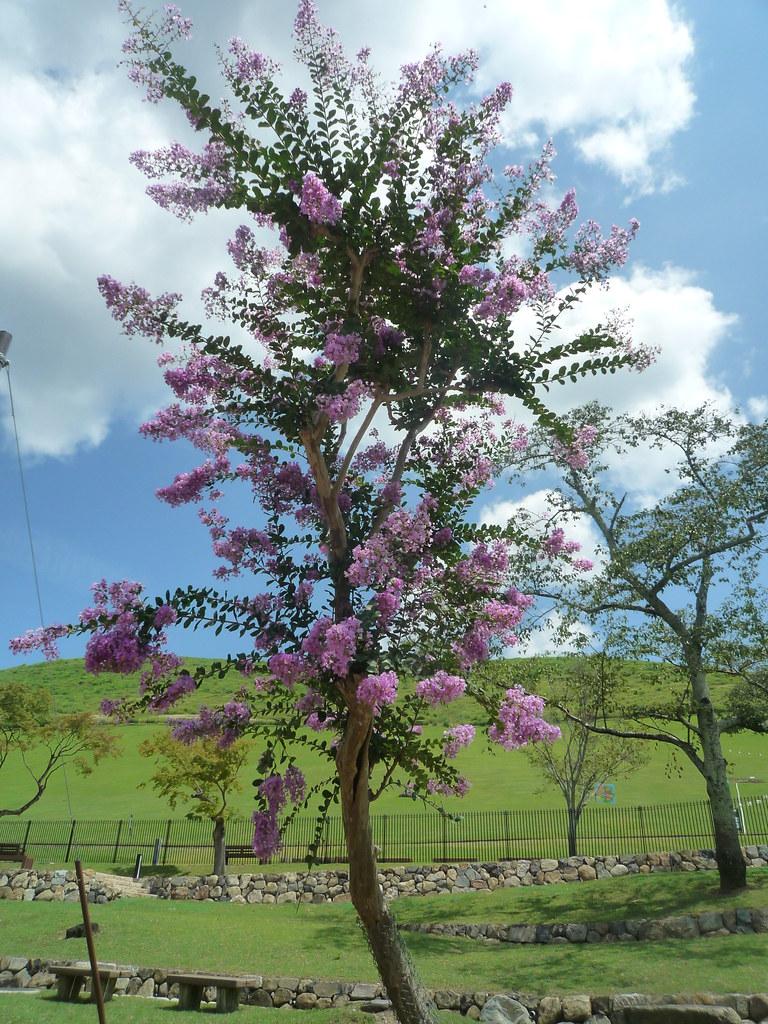
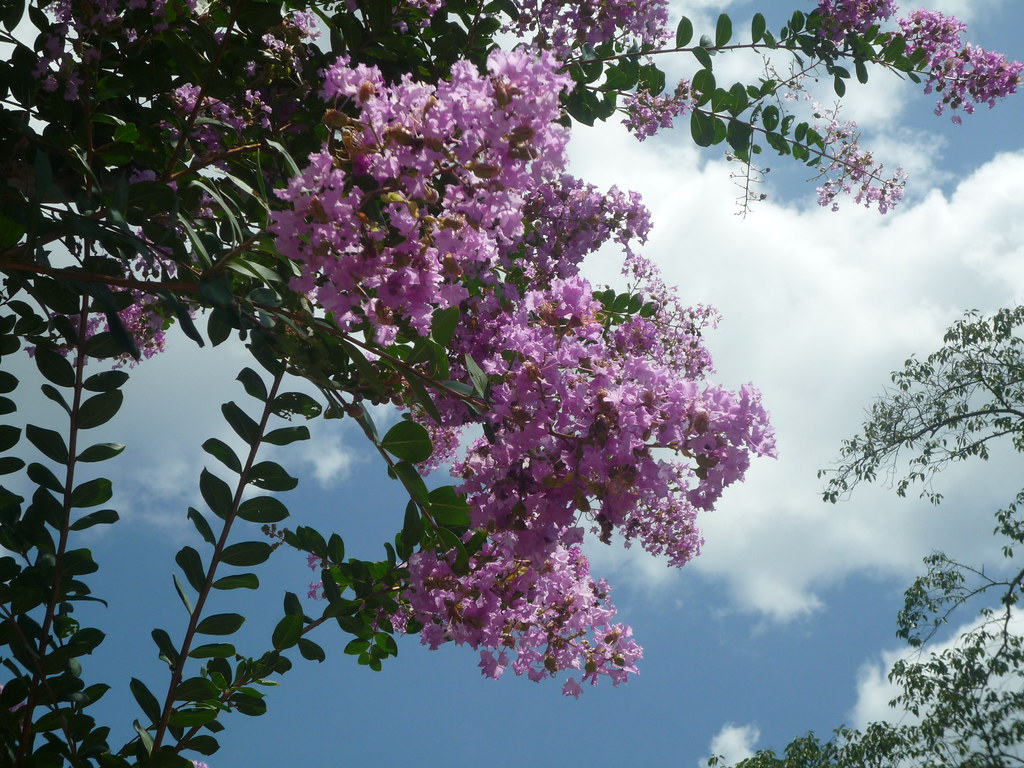
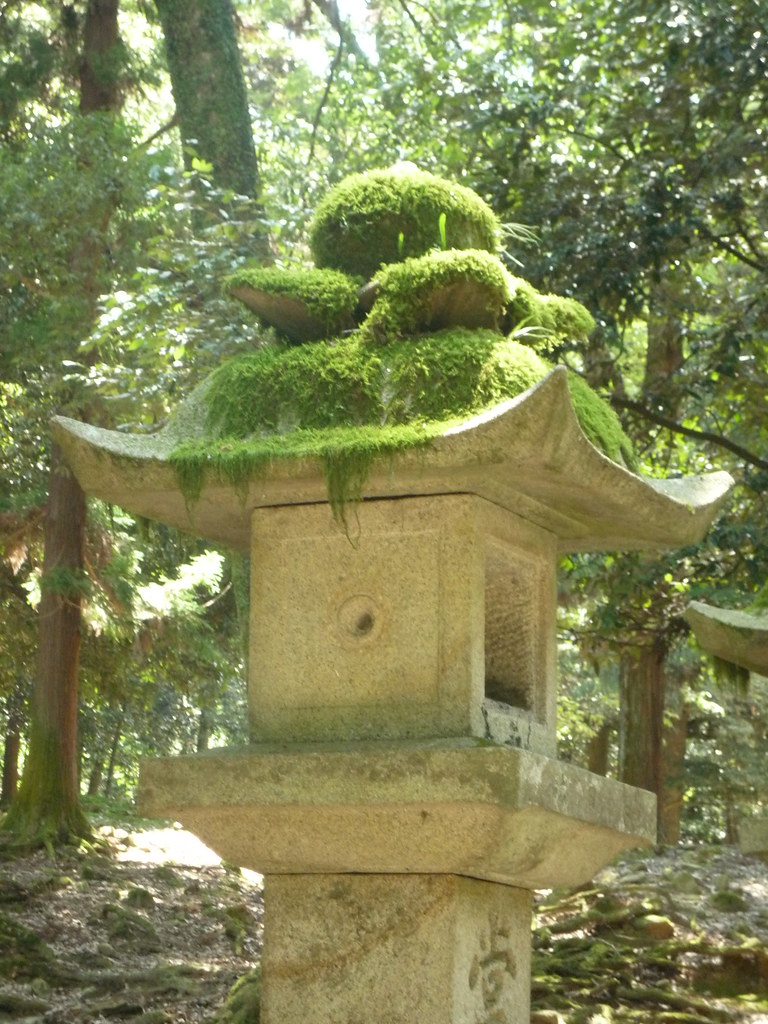
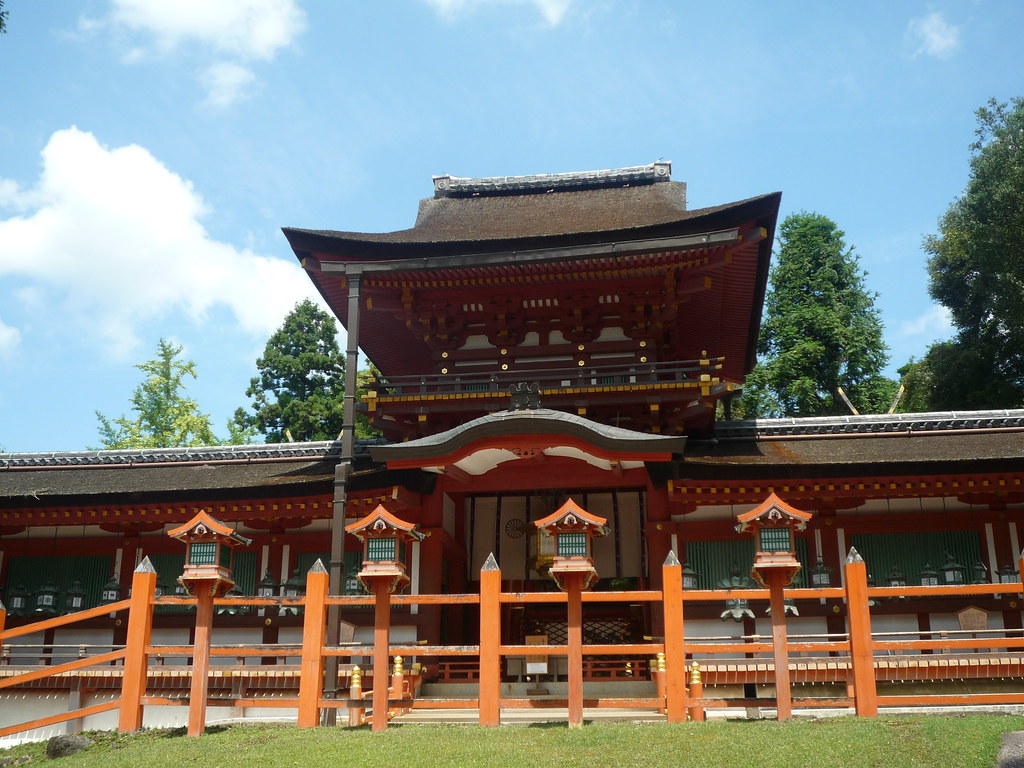

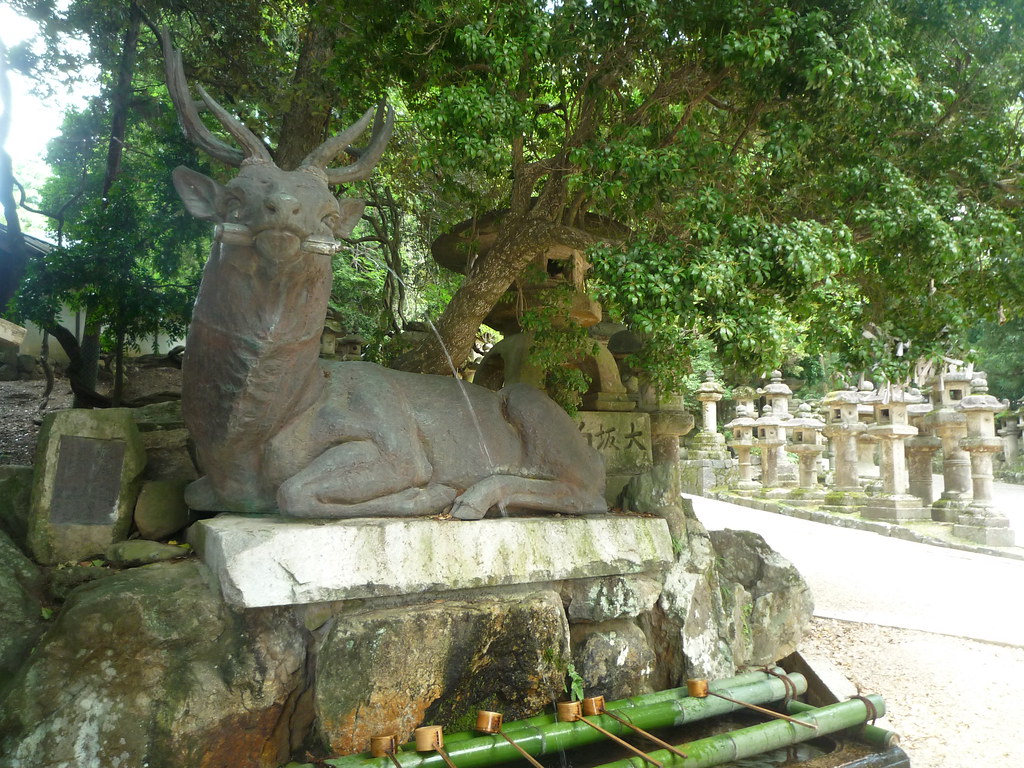
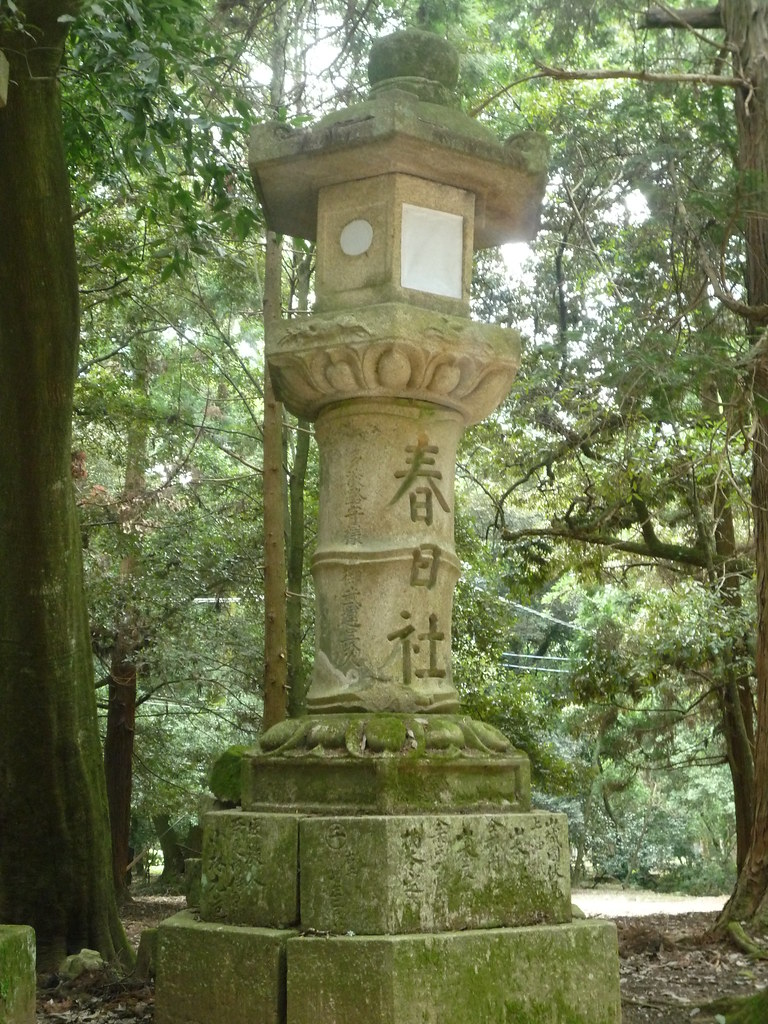


0 comments:
Post a Comment